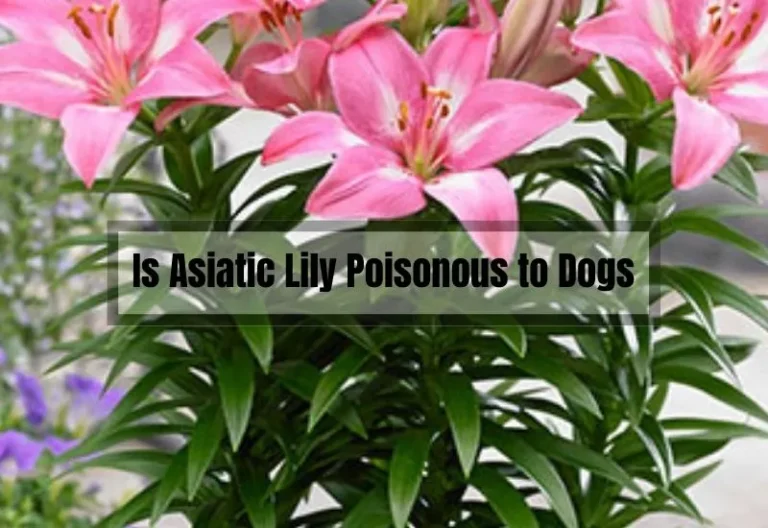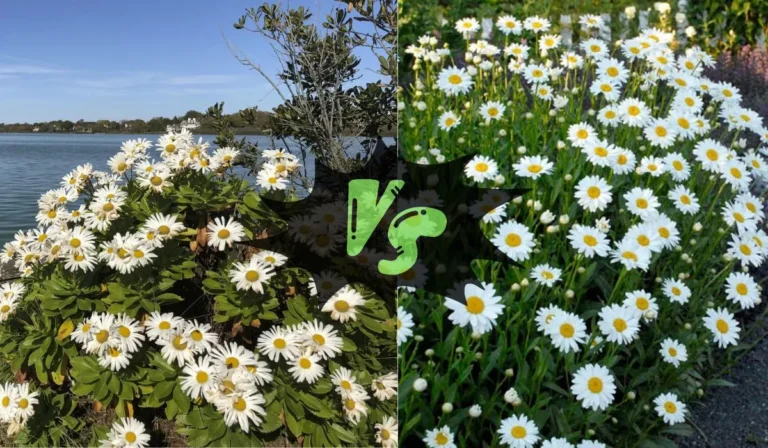Rafflesia Arnoldii: Everything You Need to Know
If you’re seeking a unique plant, consider Rafflesia Arnoldii. This flower, found in the rainforests of Sumatra and Borneo, is the largest individual flower on Earth and is notorious for its odor of decaying flesh.
Rafflesia Arnoldii is a parasitic plant, devoid of leaves, stems, and roots, living inside Tetrastigma vines to absorb water and nutrients. This uniqueness stems from its size, parasitic nature, and reliance on its host plant for nutrients. Its strong odor attracts pollinators, like flies. Rafflesia Arnoldii is indeed a captivating plant.
Key Takeaways
- Rafflesia Arnoldii is the largest individual flower on Earth and has a strong odor of decaying flesh.
- It is a parasitic plant that grows on vines in the genus Tetrastigma and has no leaves, stems, or roots.
- Rafflesia Arnoldii is unique because it is the largest flower in the world and relies on its host plant for nutrients.
Rafflesia Arnoldii
Rafflesia Arnoldii, also known as the “corpse flower” or “giant padma,” is a species of flowering plant that is native to the rainforests of Sumatra and Borneo. This plant is known for producing the largest individual flower on Earth, which can grow up to three feet in diameter and weigh up to 20 pounds.
In this section, we will explore the origin and history, physical characteristics, habitat and distribution, growth and reproduction of Rafflesia Arnoldii.
Origin and History
Rafflesia Arnoldii was first discovered in the Indonesian rainforest in 1818 by a French botanist named Louis Auguste Deschamps.
The plant was named after Sir Thomas Stamford Raffles, the founder of Singapore, who was the governor of Java at the time of its discovery. Rafflesia Arnoldii belongs to the family Rafflesiaceae, which is comprised of parasitic flowering plants.
Physical Characteristics
Rafflesia Arnoldii is known for its large, fleshy, and red flowers, which can grow up to three feet in diameter and weigh up to 20 pounds.
The flowers have a strong and unpleasant odor of decaying flesh, which attracts flies and beetles that help pollinate the plant. The leaves and stems of Rafflesia Arnoldii are not visible, as the plant is a parasite that lives inside the roots of its host plant.
Habitat and Distribution
Rafflesia Arnoldii is found in the rainforests of Sumatra and Borneo, where it grows as a parasite on the roots of the Tetrastigma vine.
This plant requires a very specific environment to grow, including high humidity, warm temperatures, and a steady supply of nutrients from its host plant. Due to its limited habitat and specific requirements, Rafflesia Arnoldii is considered a vulnerable species.
Growth and Reproduction
Rafflesia Arnoldii is a parasitic plant that lives inside the roots of its host plant, where it absorbs nutrients and water. The plant has no leaves or stems, and its flowers only appear above ground for a few days before withering and dying.
The flowers of Rafflesia Arnoldii are pollinated by flies and beetles, which are attracted to the strong odor of the flowers. After pollination, the plant produces a large fruit that contains thousands of tiny seeds, which are dispersed by animals and wind.
That’s all about Rafflesia Arnoldii. Now you know about its origin and history, physical characteristics, habitat and distribution, and growth and reproduction.
Why Is Rafflesia Arnoldii Unique
World’s Largest Flower
Rafflesia Arnoldii is known for producing the largest individual flower on Earth. The flower can grow up to one meter in diameter and weigh up to 10 kilograms.
This unique flower is also known for its strong and unpleasant odor of decaying flesh, which attracts carrion flies and other insects.
Lack of Leaves, Stems and Roots
Unlike most plants, Rafflesia Arnoldii lacks leaves, stems and roots. Instead, it lives inside Tetrastigma vines as a mass of fleshy strands which absorb water and nutrients from the host.
It grows out of the host plant’s bark as brown, cabbage-like buds called knops which bloom over several days.
Parasitic Nature
Rafflesia Arnoldii is a parasitic plant that depends on its host plant for its survival. It is native to the rainforests of Sumatra and Borneo, where it can be found growing on the forest floor. Its parasitic nature makes it a unique and fascinating plant to study.
Overall, Rafflesia Arnoldii is a truly unique plant with many interesting characteristics that set it apart from other plants. Its large size, lack of leaves, stems and roots, and parasitic nature make it a plant that is worth learning about.
Is Rafflesia Arnoldii Poisonous?
Great news! Rafflesia arnoldii is not considered poisonous or harmful to humans, animals, or other plants. However, it’s best to admire this enormous flower from a distance, as its potent odor might not suit everyone’s preferences.
FAQs
What is the smallest flower in the world?
The smallest flower in the world is the watermeal (Wolffia spp.), a species of minuscule aquatic plants that produce flowers tinier than a grain of sand. Quite a contrast to Rafflesia arnoldii!
In which countries can Rafflesia be found?
Rafflesia, including Rafflesia arnoldii, can be found in several Southeast Asian countries, primarily Indonesia, Malaysia, Thailand, and the Philippines.
What other plants have similarly large flowers or inflorescences
Although Rafflesia arnoldii has the largest individual flower, some other plants boast large flowering structures or inflorescences, such as the titan arum (Amorphophallus titanum) and the talipot palm (Corypha umbraculifera). However, these are technically clusters of multiple flowers.
How can Rafflesia Arnoldii be conserved and protected?
Conserving and protecting Rafflesia arnoldii involves preserving its natural habitat in the rainforests of Sumatra and Borneo. This includes responsible land use practices, reforestation efforts, and supporting local conservation organizations. Additionally, raising awareness about the importance and rarity of this unique flower can help garner support for its protection.
Conclusion
And there you have it, the awe-inspiring Rafflesia arnoldii in all its odorous splendor! This extraordinary flower, with its unparalleled biology, impressive size, and cultural significance, is truly a marvel of the natural world. Let’s appreciate and safeguard this incredible plant and its habitat so that future generations can also revel in its beauty.
The next time you’re wandering through the rainforests of Southeast Asia or merely discussing unique plants with friends, remember the fascinating Rafflesia arnoldii. And hey, if you ever need a conversation starter or a fun fact to impress someone, just mention the world’s largest and smelliest flower!






